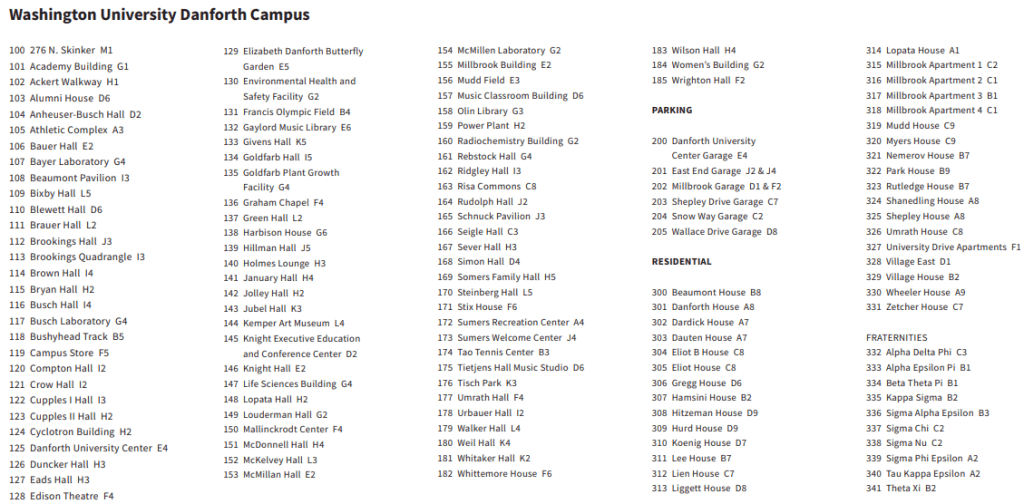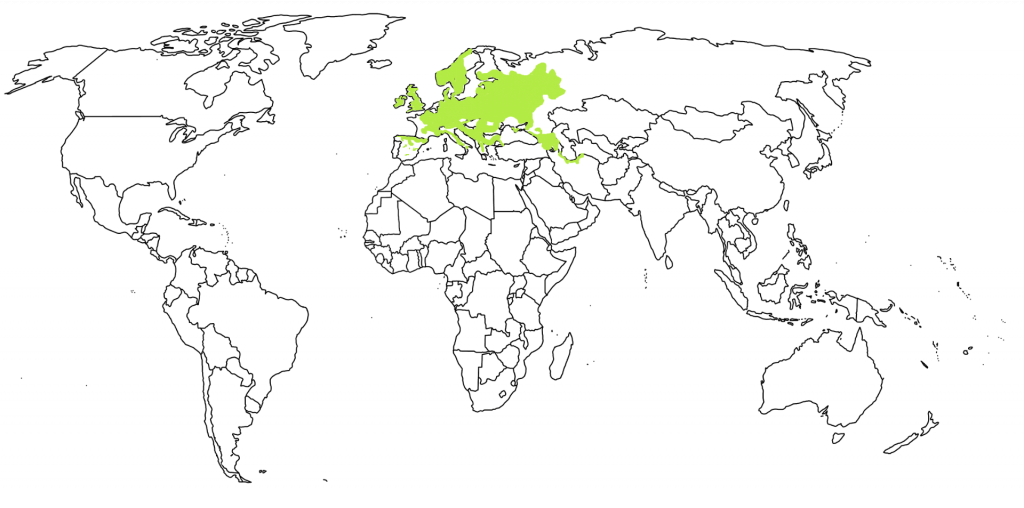Scotch Elm
Arbor Walk #84, Treekeeper ID #3382

This cultivar of the Scotch Elm, known as the Camperdown Elm, is a large deciduous tree with a rounded crown and bowing, drooping branches. While the wild-type Scotch Elm may reach 70′-100′ in height, the Camperdown Elm will not grow above 30′ tall. The wild Scotch Elm is native to areas from Great Britain to Siberia. Its insignificant flowers give way to single-seed samaras which house each seed in a papery wing; however, ‘Camperdownii’ will not grow from seeds. Instead, it is grafted, as the cultivar originated from a genetic mutation that will not keep its unique features through reproduction.


GPS Coordinates
N/A
Percent Concrete
N/A
Distance to Buildings
| Year | Close Building #1 | Close Building #2 | Close Building #3 |
|---|---|---|---|
| 2020 | Gregg House, 38.87 m | Tietjens Hall, 61.18 m | Music Classroom Building, 67.59 m |
Distance to Other Species
| Year | Close Species #1 | Close Species # 2 | Close Species # 3 |
|---|---|---|---|
| 2020 | Scotch Elm, 6.42 m | Scotch Elm, 6.72 m | Austrian Pine, 9.75 m |
Standard Measurements
| Year | Height (m) | DBH (cm) | Caliper (m) | Crown Diameter N-S (m) | Crown Diameter E-W (m) | Average Crown Diameter (m) |
|---|---|---|---|---|---|---|
| 2020 | 4.1486 | 16.5 | N/A | 3.61 | 3.52 | 3.565 |
| 2023 | 2.35 | 20.5 | N/A | 3.51 | 3.95 | 3.73 |
Nests and Pests
| Year | Description |
|---|---|
| 2020 | Old pruning wounds that have now become patched with bacterial rot, one had ‘weeping’ rot Many old wounds have become entrances for boring insects to dig into the exposed wood The same black beetle larvae on Arbor Walk #59 and Arbor Walk #62 were also present here Some terminal ends of small twigs appear covered in white fungus and blighted There are many bore-holes of several different sizes |
Leaf Identification
The leaves of the Scotch Elm are 3″ to 6″ long and have a rough texture. They are oblong- to obovate-shape with an acuminate tip and doubly serrated. They have a dark green color.
Twig and Bud Identification
The twig of the Scotch Elm is light gray with pale notch-like lenticels (pores). The twig is zig zag in shape. The buds are dark reddish-brown and tightly wrapped in overlapping scales. It may have hairs on the scale fringes. The tip is slightly pointed, and the bud is ovoid in shape.
Bark Identification
The Scotch Elm has gray, furrowed bark with thin scales. The bark is smooth when young.
Fruit Identification
The fruits of the Scotch Elm are single-seeded, wafer-like samaras. They have a flattened, papery wing that is elliptic in shape with a red-brown seed in the center. The samaras ripen in late spring and summer.
[photo forthcoming]
Flower Identification
The flowers of the Scotch Elm are pink-tinged and very small. They are apetalous, bisexual flowers with clusters of pink-burgundy stamens above whitish-pink stigmas. They bloom directly from the branches in early spring.
[photo forthcoming]
‘Camperdownii’ Identification
The small growth form and downward-curling branches of the Camperdown Elms make them distinct from other Scotch Elms. This cultivar is grafted instead of grown from seed.
[photo forthcoming]
Elm ID Tips
- The Scotch Elm has nearly indistinguishable leaves from the native Slippery Elm, except for the pubescent underside on Scotch Elm leaves. The Scotch Elm has longer, less circular samaras.







